Camino del Norte: Irún to San Sebastián
I awoke in my albergue in Irún after a somewhat restless night of sleep. There were 20 pilgrims in my room and it sounded as if 15 of them had sleep apnea. I had breakfast, threw my disposable sheet/pillowcase in the trash, and embarked on the beginning of my trip.
I followed the signs that I saw along the path as well as yellow arrows to make sure I was going in the right direction. I figured the day would be a grueling solitary day carrying a large pack and listening to podcasts. It didn’t take me long before I encountered an older German man named Eric who was walking in sandals along the path.
“¡Buen Camino!” I said, which is the greeting bestowed on peregrinos (I know, it sounds like pellegrino but it means pilgrim). We started chatting and he told me his English was not very good. I told him that it was much better than my German. This always gets a laugh with anyone I encounter who speaks English as a second language.
I asked him about the sandals. He told me he has done many Caminos and that he discovered that sandals are much better for him than shoes. I was impressed and figured that this is probably what people wore 1000 years ago when they embarked on their own Caminos. While we were talking we missed some of the signs indicating where we should go and I started to wonder if we were lost. We were and we weren’t. There are many ways to do a Camino, and the path we were on took us through the old town of Irun, which is a beautiful Basque town near the near the border with France. We encountered other pilgrims and found ourselves winding through beautiful old buildings.
The old town area of Irun
The view of the town as we ascended
We split off and I continued to walk with a pilgrim named Sandra. Sandra is a German schoolteacher who was taking a week to walk from Irun to Bilbao. It was nice to have the company and support as we walked for several hours through steep ascents. When you first leave Irun there are two options, one that is steep with beautiful views and one that is much flatter but less beautiful. We opted to challenge ourself and climb up the 545m. It was worth it. Also - I’ve been of the mindset that if this experience isn’t physically, emotionally, and spiritually challenging at various points, is it even a pilgrimage?
We reached the first and essentially only town between Irún and San Sebastián. It is a small village that used to be famous for its whaling called Pasaia. Even today they are home to a boatbuilding school that also acts as a museum. They were also advertising “archaeo-sailing” where people go in period-appropriate boats to re-enact something? Not totally sure.
We sat outside and assembled our lunches that we foraged from a local supermarket. Sandra overheard two grungy men openly discussing the fact that they wanted to rob “the pilgrims” and take our money. Mind you, this was at 2 in the afternoon and there were many children nearby playing. One of the other men advised against it since there was a police officer nearby. Lucky us.
Both Sandra and I were impressed with how friendly the people were that we encountered, our would-be robbers notwithstanding. I’ve found this to be the case when hiking that people are very open but Sandra found the warmth of strangers to be different from what she was used to back in Germany.
Sandra and I began our ascent out of Pasaia, pushing through the physical pain we were now feeling, particularly in our knees. We passed something called “The Witches Rock.” Legend has it that witches would perch up there and cast spells on boats coming in to protect the area. It was pretty cool to pass through so many ruins dating back hundreds of years as we made our way to San Sebastián.
Sandra mentioned that there was a cult on the way to San Sebastián and she wanted to stop in so we could have them stamp our pilgrim’s credential. As someone who read Helter Skelter when I was 12 cults are a source of deep fascination for me. I had never heard of The Twelve Tribes of Israel when we walked up to the compound (Yes, I am using that word because it’s loaded). We saw a woman lying in the grass doing yoga and an elderly French man greeted us genially and wanted to know where each of us were from. He was particularly eager to learn that I was American because they have many communities and restaurants in the United States. The man forcefully offered us something to drink in a pushy show of hospitality. Sandra lied and said that she couldn’t drink the juice, feigning some sort of allergy. I was pretty sure it was an apricot drink and if there were any additional ingredients, I couldn’t taste them and was still able to walk the rest of the way to San Sebastián. The man insisted that we stay the night at their albergue. Sandra apologized profusely, citing her reservation at a hostel in town. We got our stamps, put in the donativo box, and bid the man farewell.
The cult’s welcome sign
I don’t think this is true in a biological or sociological sense
As we were telling this story at our hostel later, I questioned whether or not they were a cult. As if on cue, a rail-thin Australian man with long hair in a long skirt said, “Oh yeah they’re a cult. I was with them for 5 years. I was lucky to get out.” He said this as he was leaving the room, but we called him back and pressed him for more details. Apparently, he was a part of their Sydney location just a few years ago. He didn’t have much to say about the experience other than to emphatically emphasize that they’re a cult.
When we arrived in San Sebastián Sandra and I were ready to kiss the ground. It was a long day of walking. Sadly, our hostel was on the other side of town, which meant we still had another 45 minutes of walking to do. We took our shoes off, switched into sandals, and walked on the beach. We were giddy for about 10 minutes and then we ready to get back onto a paved road. Apparently when you’re carrying a large pack on the sand your feet sink pretty deeply and it made walking difficult.
Mi amiga nueva, Sandra.
We were told it was our last chance to buy groceries before everyone has the week off for Semana Santa (holy week). The American in me was incredulous at the idea that major grocery stores would be closed for two days. I especially wanted to stock up as I decided I wanted to spend 2-3 days in San Sebastián. I found 1L boxed wine for ~1€ and bought two. The grocery store looked like one of the NYC Trader Joe’s the night before a snowstorm. Much of the food had already been picked over and there were long lines everywhere.
After our haul Sandra and I grabbed dinner at a local restaurant. The streets were swarming with people drinking beer to celebrate the beginning of their holiday weekend. I’ve been struggling with some of the menus in Spain because I don’t eat pork, so I ordered this amazing hake which the server recommended. It could have been the fact that I walked 21 miles but that was the best fish I’ve ever eaten.
It was this with a shit-ton of bread.
Back at the hostel we decided to finish a bottle of red wine in the common area before going to bed. Two Spaniards joined us that were also doing the Camino, although separately. I was talking to the Spanish woman about my reasons for doing the Camino in my broken Spanish. I was able to get the point across that I was doing it for my mom who passed away. When I asked her why she was doing the Camino she spoke slowly and through a series of hand gestures told me that she had suffered a miscarriage and wanted to take some time for herself to get away from all the people asking her questions back home. Both of us identified the Norte as the Camino with fewer people which might lend itself to more introspection. It was such a powerful moment that could only happen on the Camino.





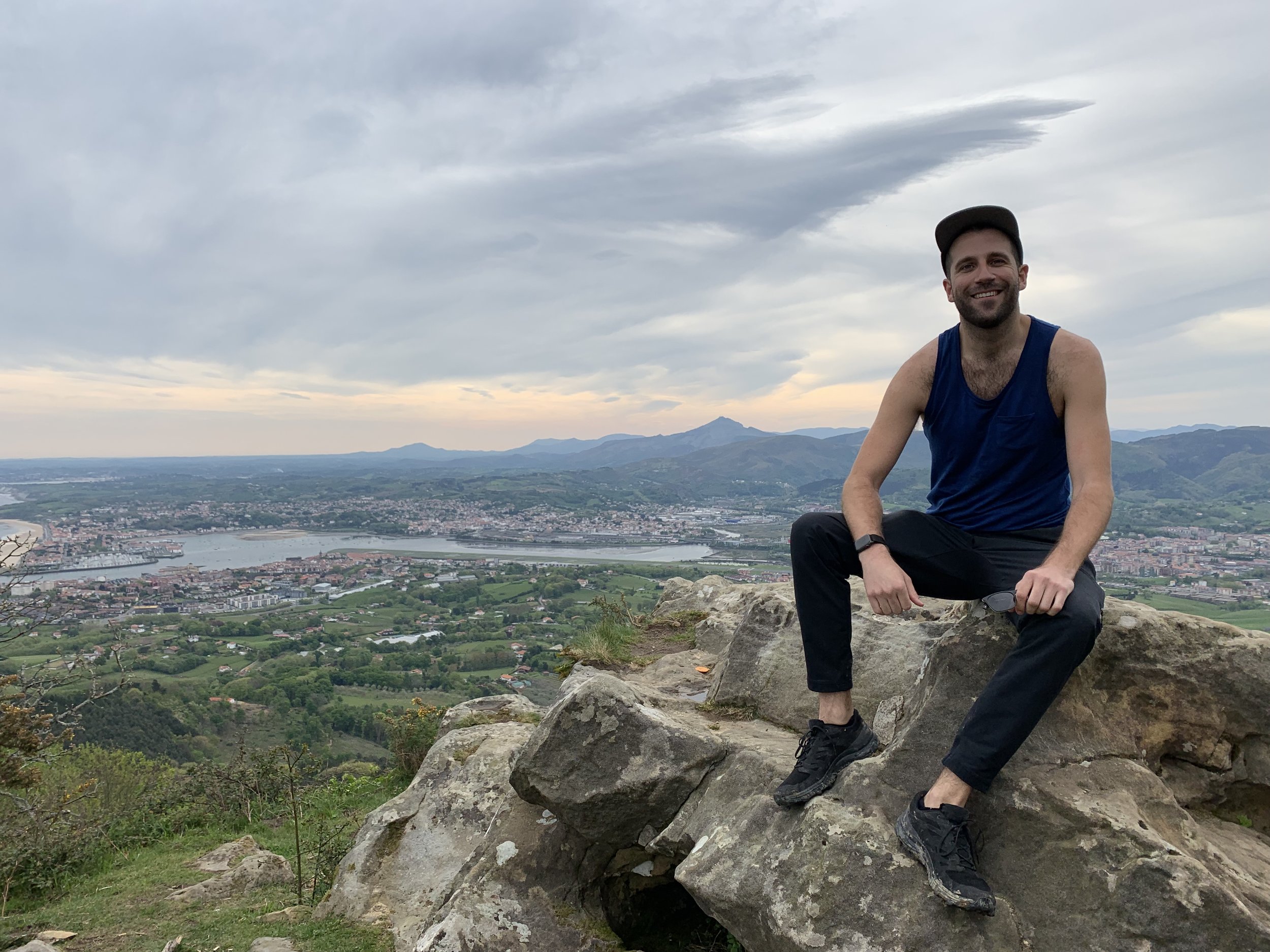





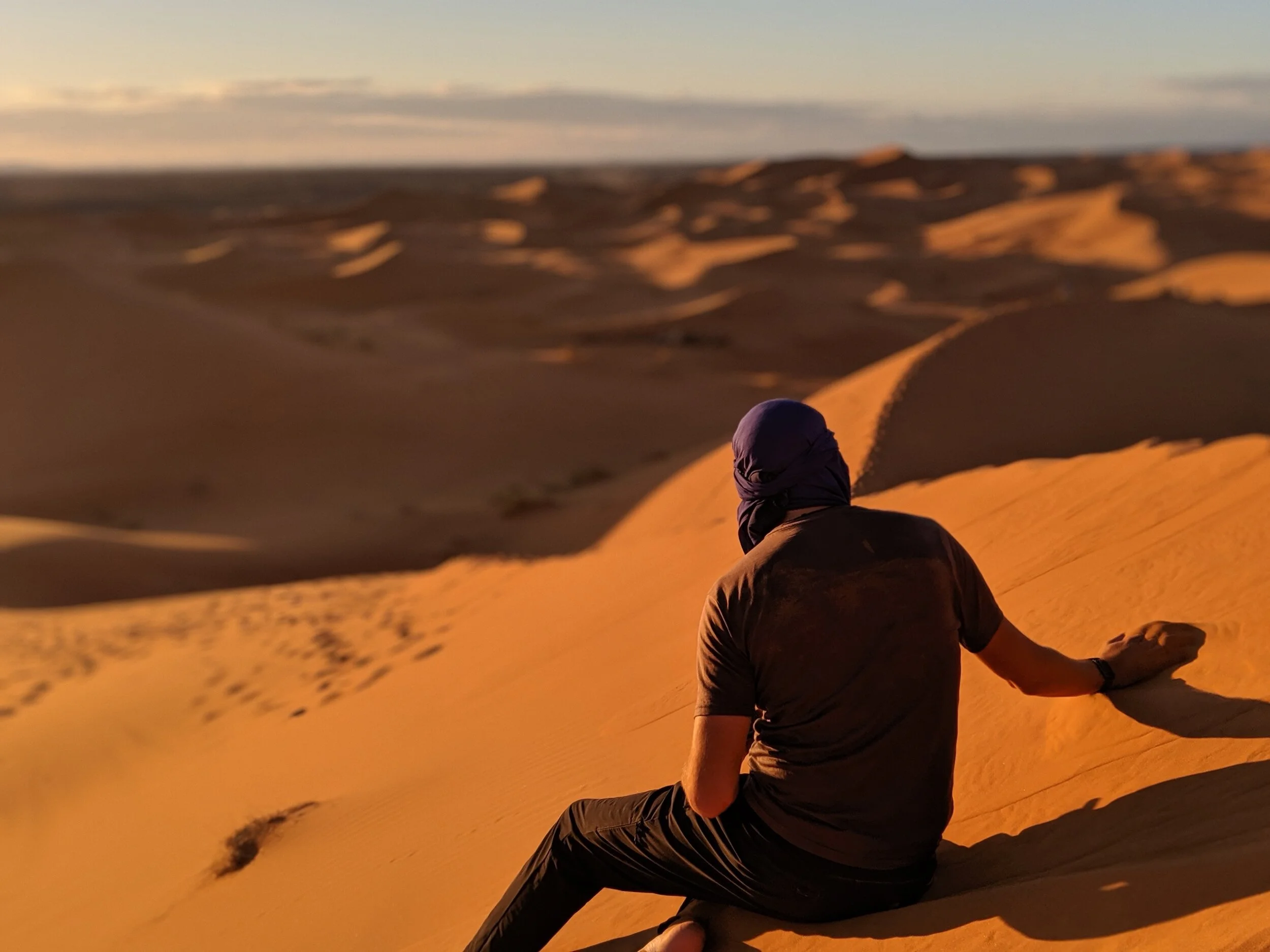



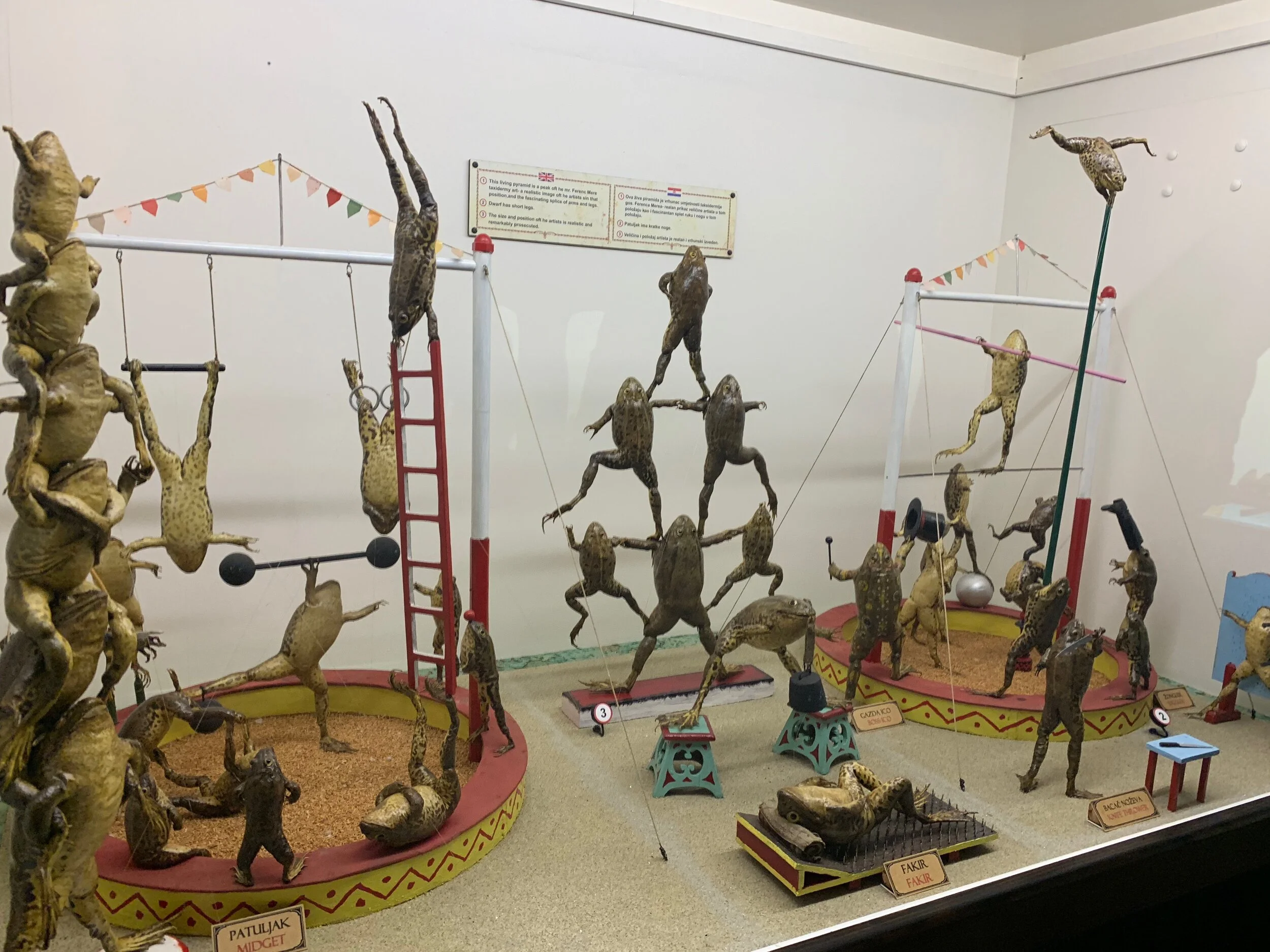
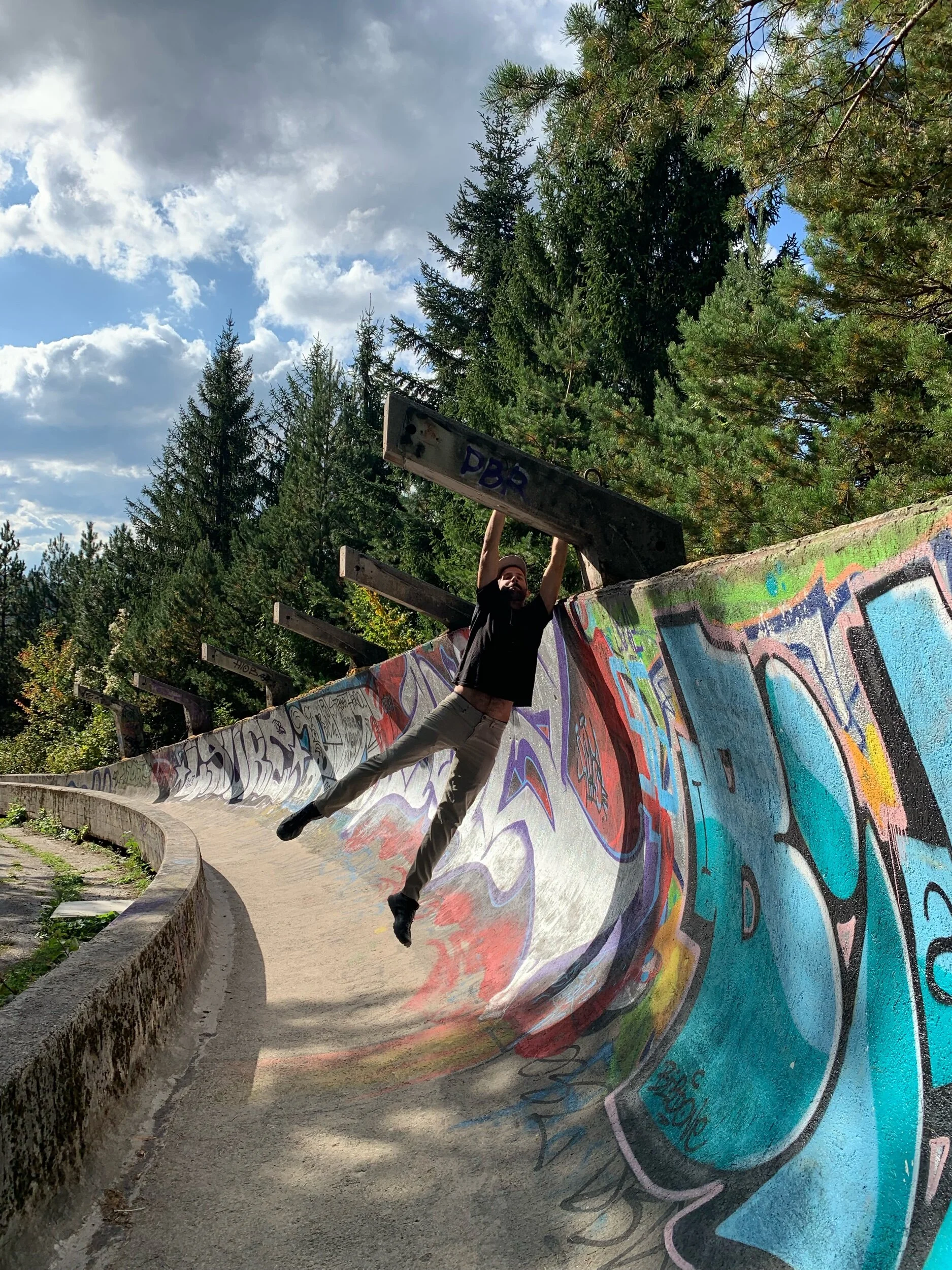
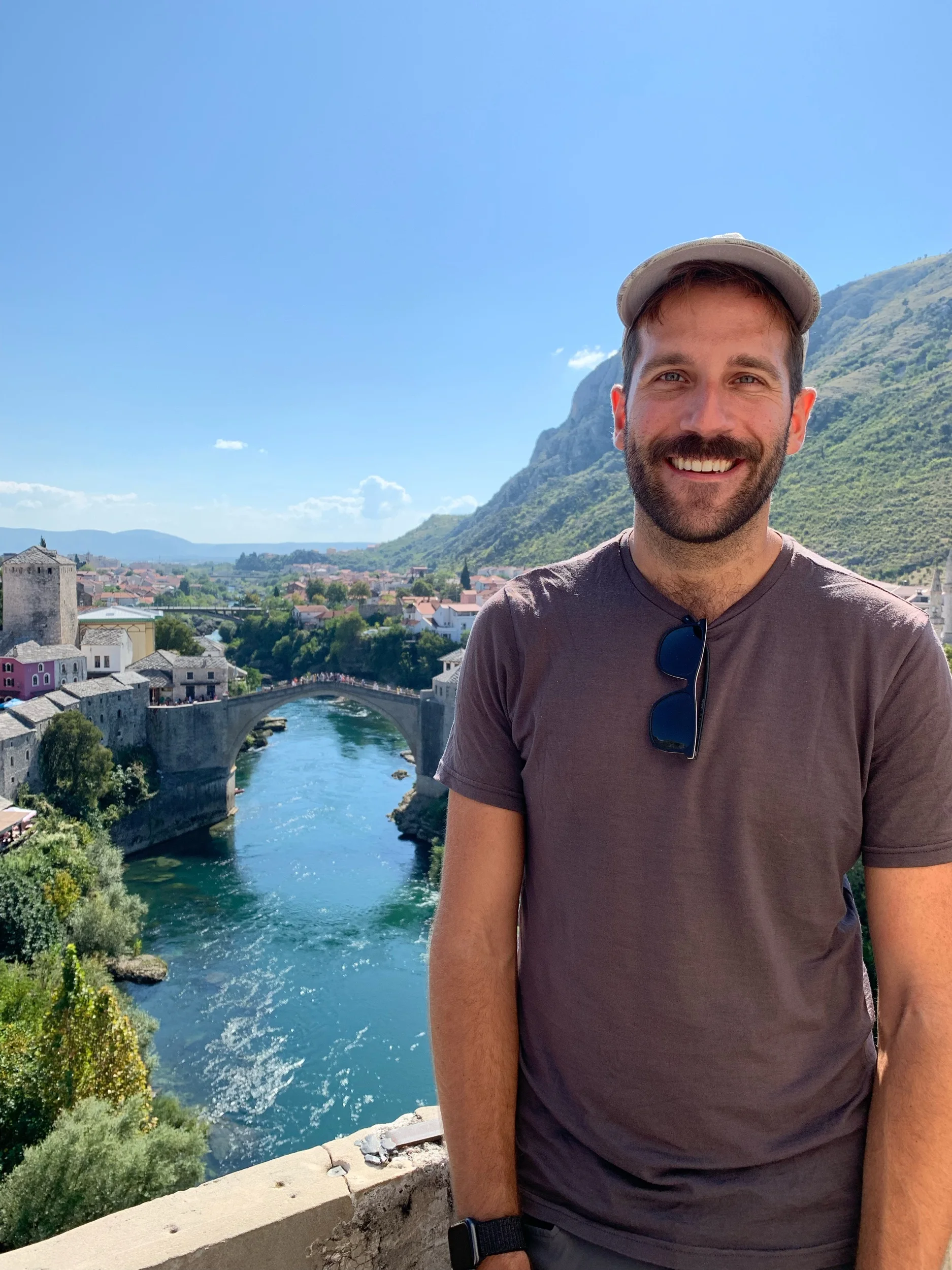
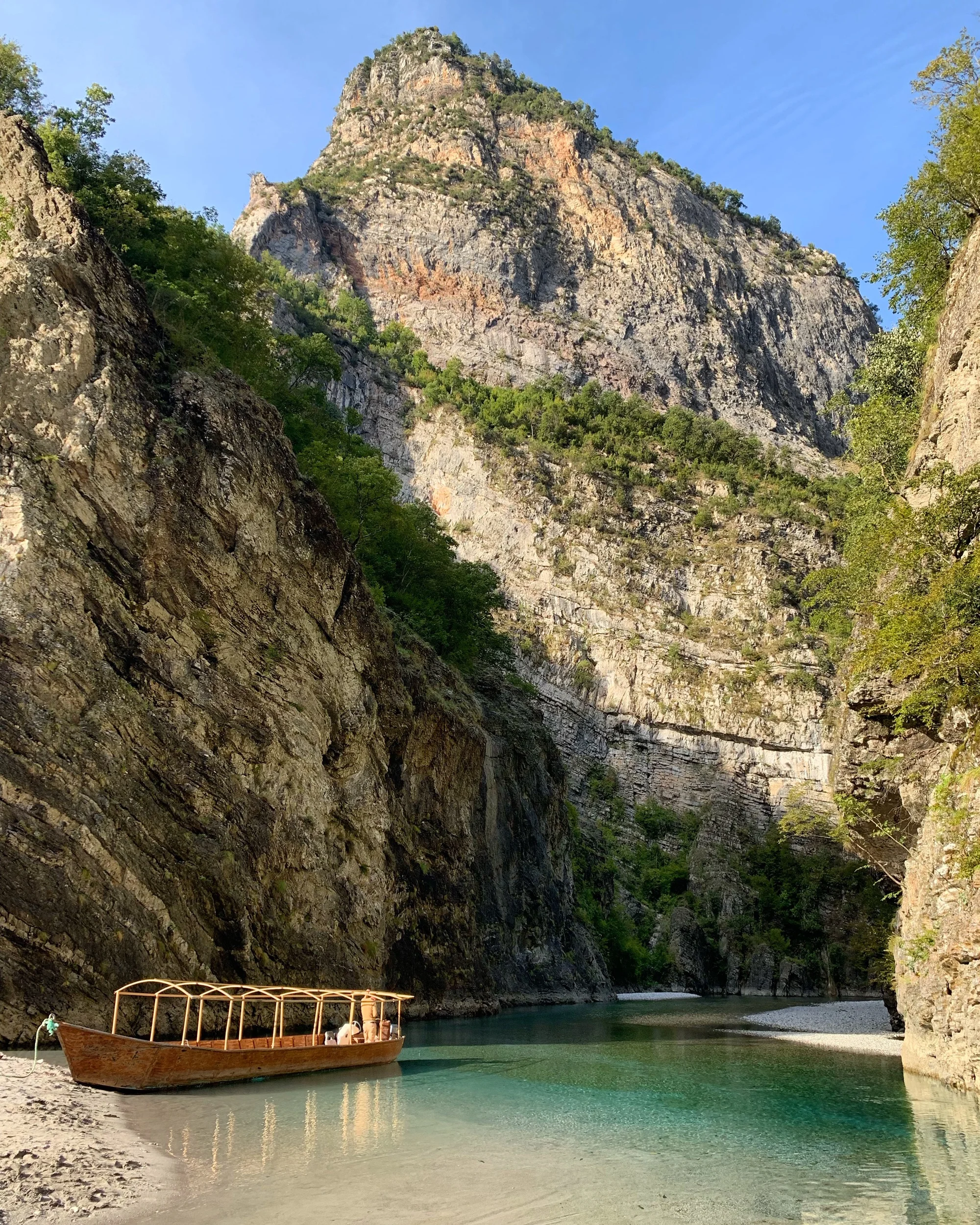

A must for history junkies